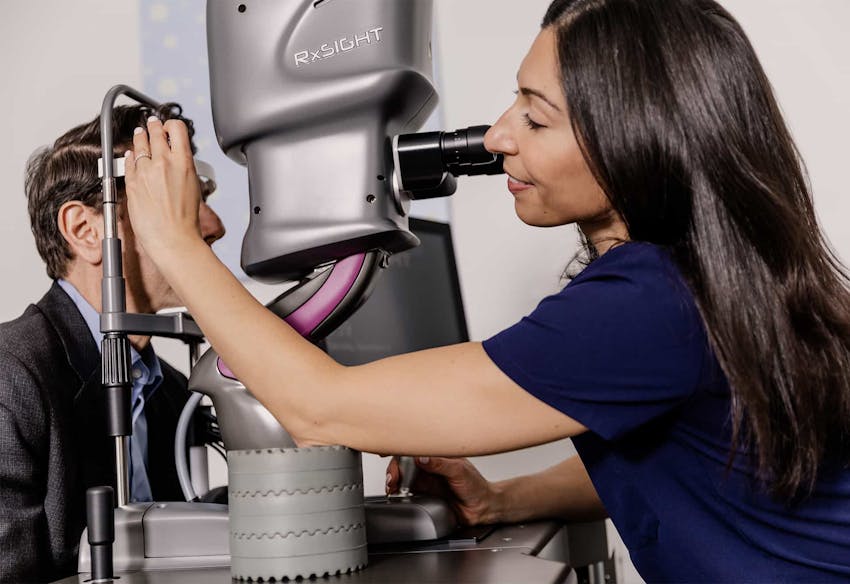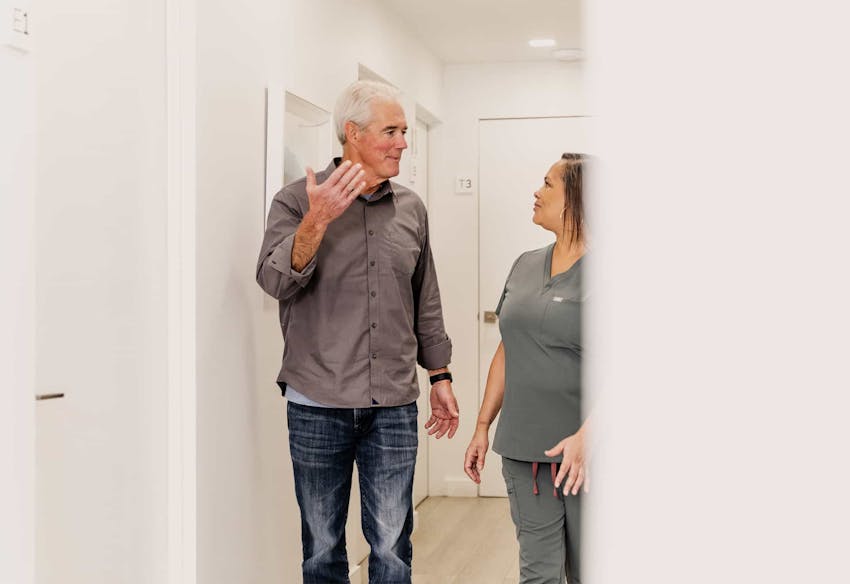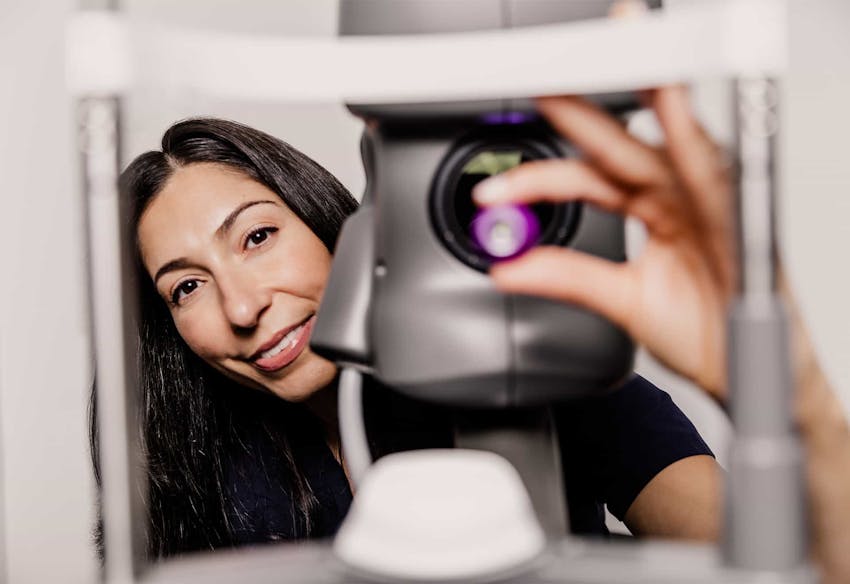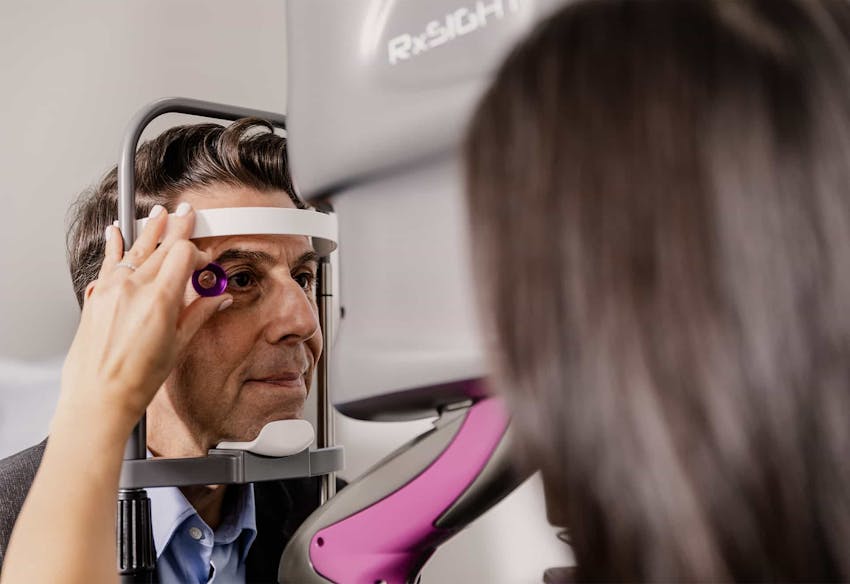Learn more about the lenses we may use to replace your cataracts at Eye Center of New York.

Distance
Driving vision, watching TV

Intermediate
Desktop computer, car dashboard, lap E-reader

Near
Reading a newspaper, small font on a smartphone

Discover a revolutionary breakthrough in cataract surgery at the Eye Center of New York with Light Adjustable Lens™ (LAL®).

Today’s multifocal IOLs (currently in the 7th and 8th generation) are the most advanced and well tolerated since the first multifocal was introduced in the US in 1997. In many ways, today’s multifocal IOLs provide better vision than the natural human lens at age 50 and older.

Visionary technology meets surgical expertise at Eye Center of New York, where toric intraocular lenses (IOLs) offer simultaneous cataract and astigmatism correction.

Experience a revolutionary advancement in vision correction at the Eye Center of New York with extended depth of focus (EDOF) intraocular lenses (IOLs).

The Alcon Clareon® PanOptix® is a trifocal intra-ocular lens implant (IOL) used in cataract surgery and Refractive Lens Exchange (RLE), to give maximums spectacles independence and clear vision for distance, intermediate, and near.

The Johnson & Johnson Symfony OptiBlue IOL is a second generation Symfony IOL with extended depth of focus (EDOF) that is designed to target good distance and intermediate vision following cataract surgery.

Embark on a transformative journey with the Synergy™ lens at Eye Center of New York, where innovative technology converges with surgical excellence to redefine the landscape of cataract surgery and astigmatism correction.